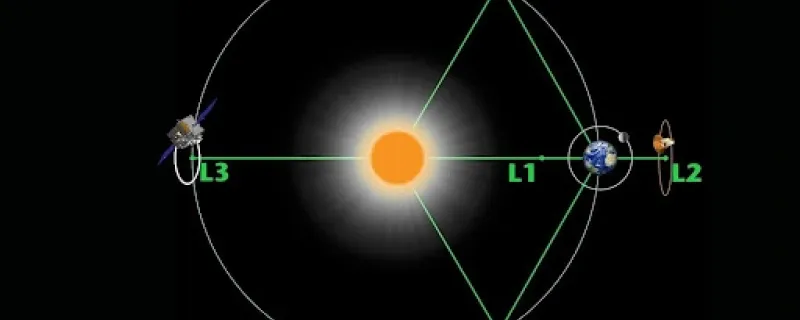When the European Space Agency (ESA) released a catalogue containing precise positions and brightnesses of 1142 million stars of the Milky Way on September 14, 2016, it was a treasure trove of information for astronomers. Gaia, a space-based telescope launched on December 19, 2013 by the ESA, is on its mission to study the evolution of our galaxy. As of today, it is observing approximately one billion celestial bodies including stars, planets, comets, asteroids and quasars in the Milky Way, building the most accurate three-dimensional map of our galaxy we have till now. A billion celestial bodies make just one percent of our galaxy’s population – a scale unimaginable by most of us. Nevertheless, the tremendous data generated by Gaia will be used for determining the positions and motions of stars (astrometry), measuring the colours of the stars (photometry) and measuring the radial velocity (spectroscopy) and studying the constituents of stars.

